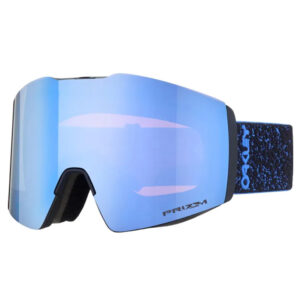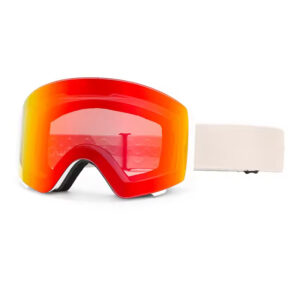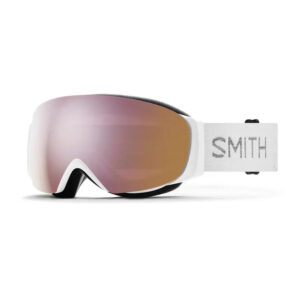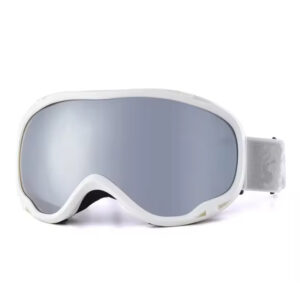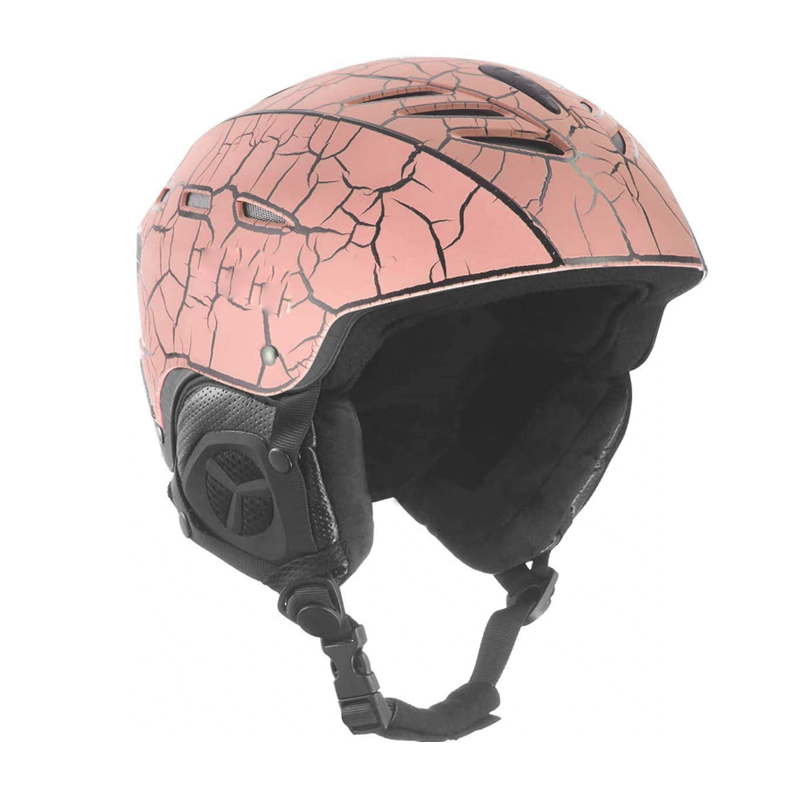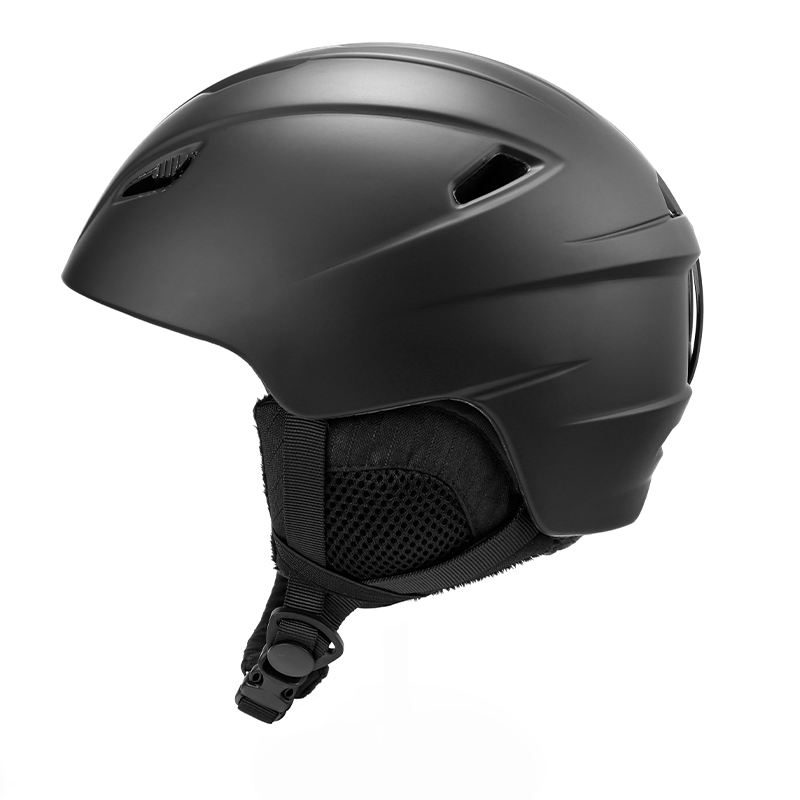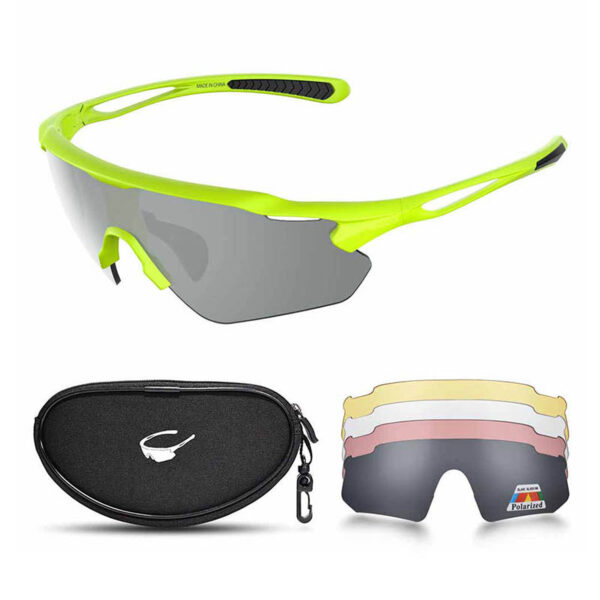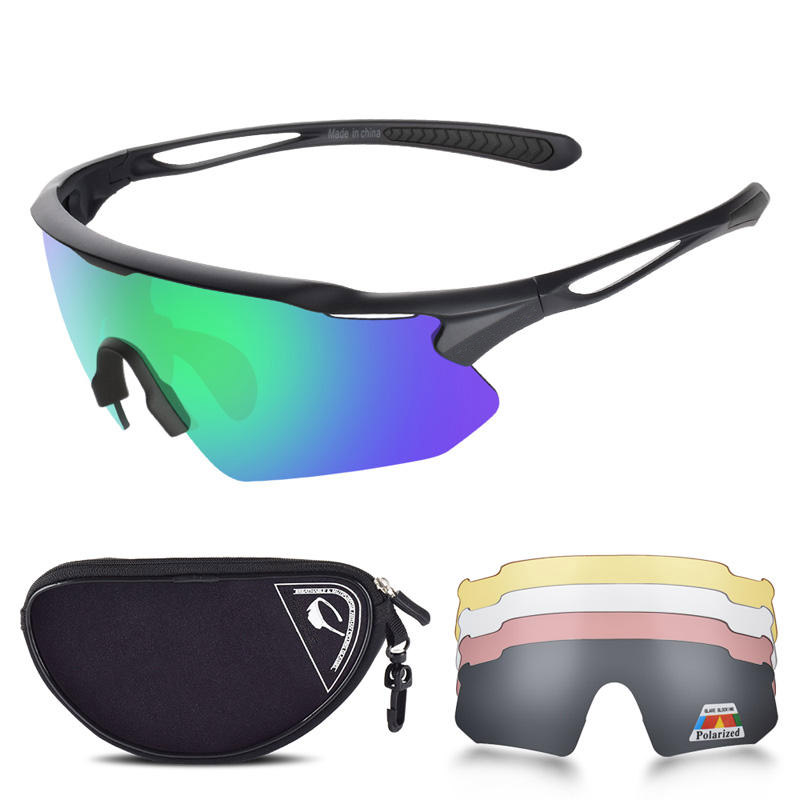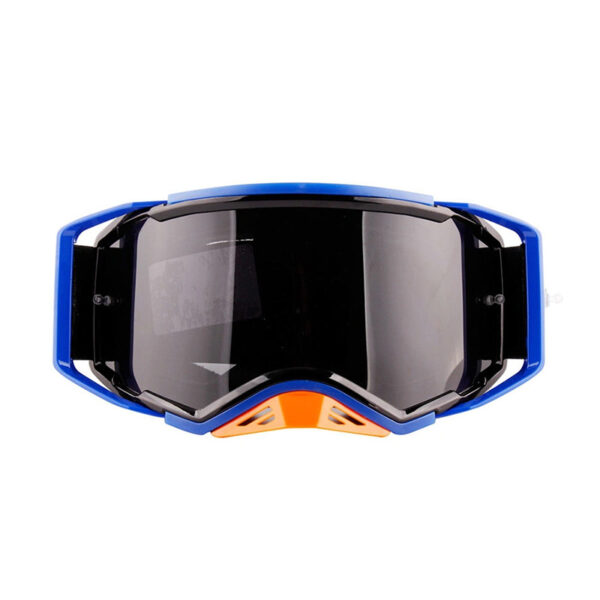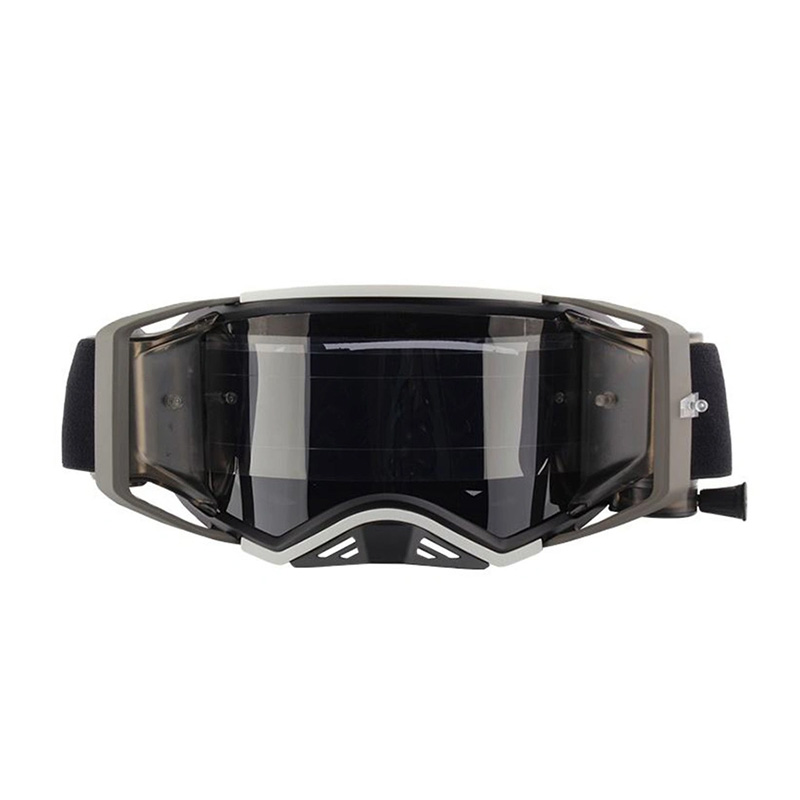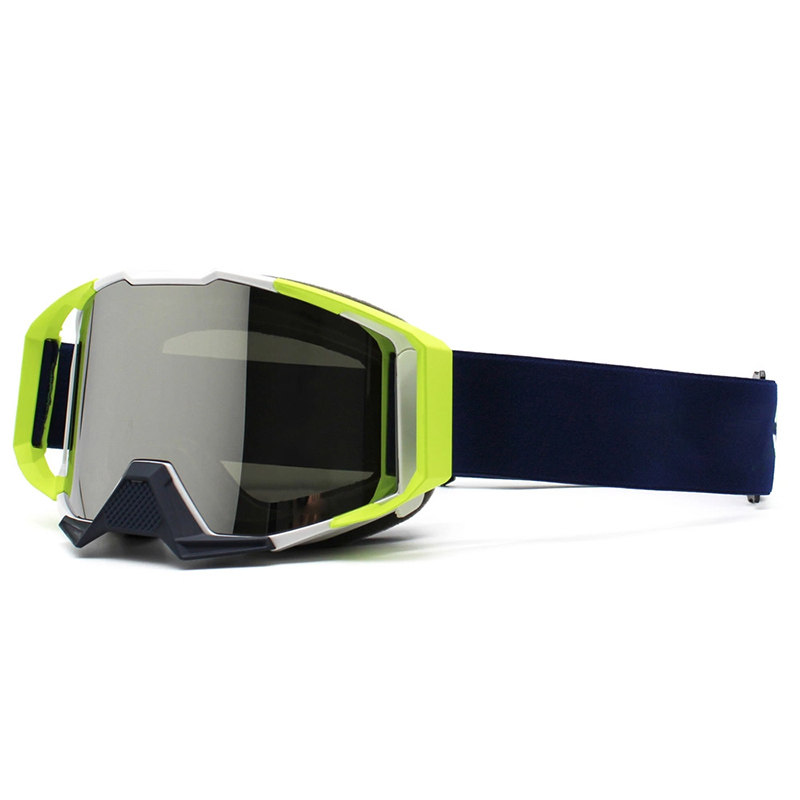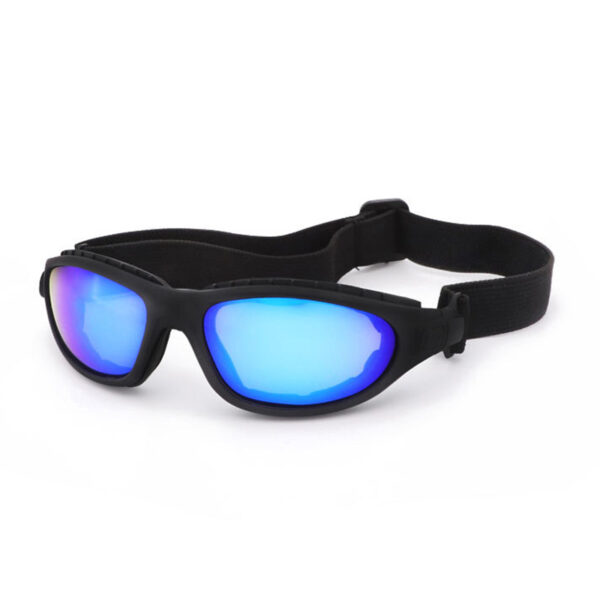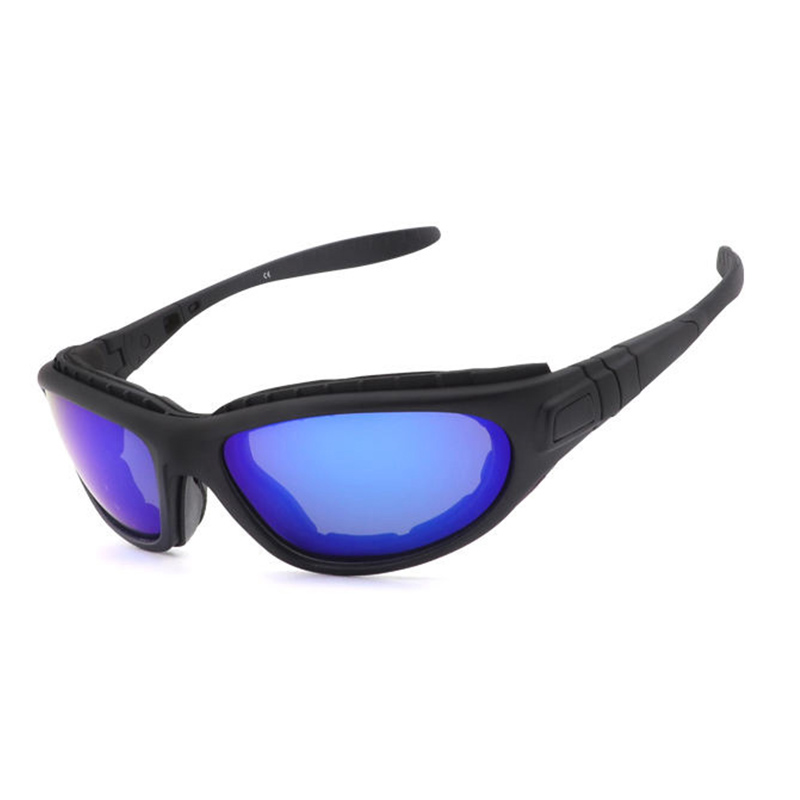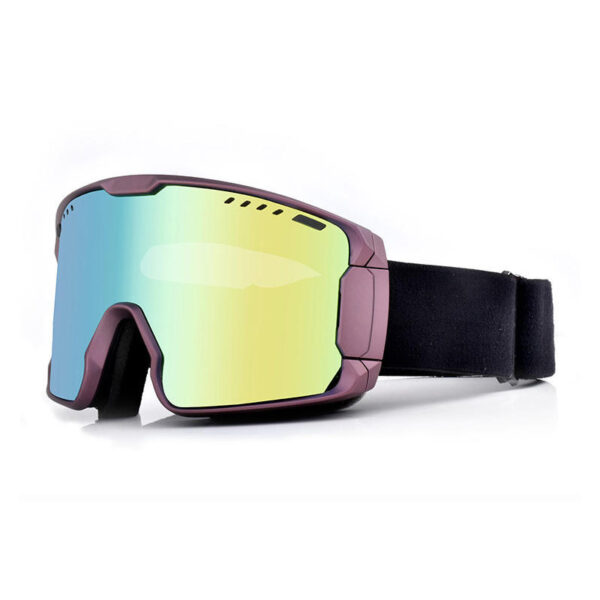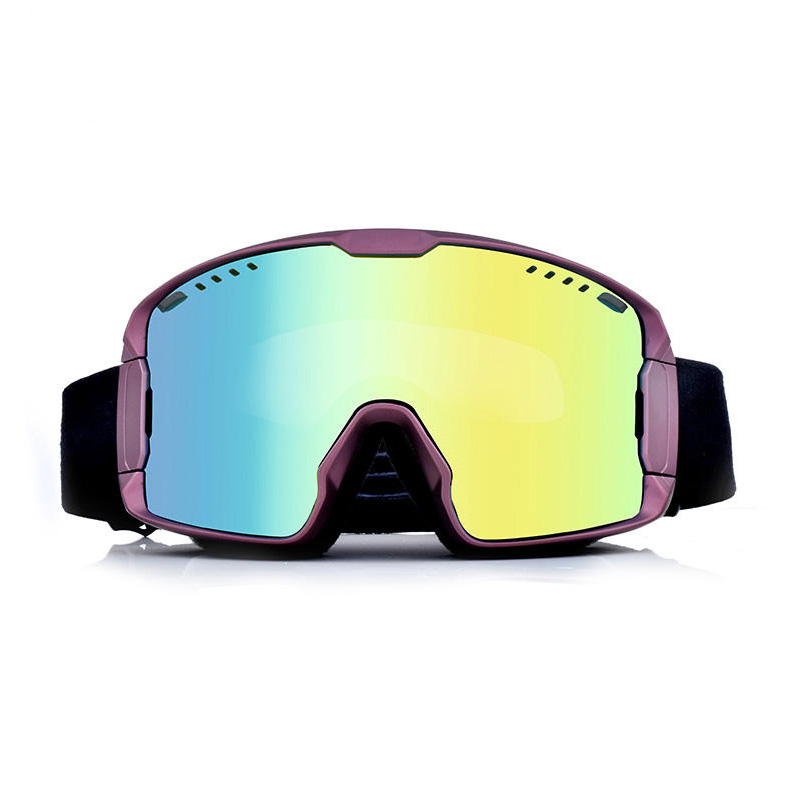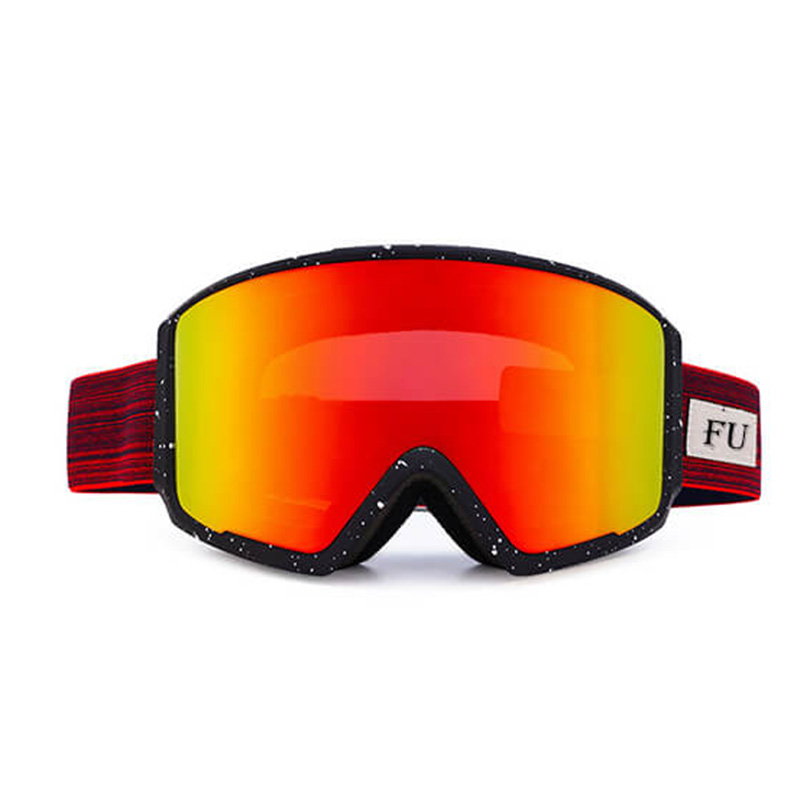When should I wear sunglasses? This is a common question that many people ask. The answer may seem simple, but there are several factors to consider when deciding whether or not to wear sunglasses. In this article, we will explore the importance of wearing sunglasses, the situations in which they are necessary, and the potential risks of not wearing them. By the end, you will better understand when and why you should protect your eyes with a stylish pair of shades.
When Should I Wear Sunglasses?
The most obvious time to wear sunglasses is when it’s sunny. The sun’s harmful UV rays can cause damage to your eyes, leading to conditions such as cataracts, macular degeneration, and pterygium. Therefore, whenever you are outdoors on a bright, sunny day, it is crucial to wear sunglasses to shield your eyes from these harmful rays. Additionally, activities such as skiing, snowboarding, and water sports can intensify the sun’s effects due to the reflection of UV rays off snow or water, making it essential to wear sunglasses in these environments.
Furthermore, wearing sunglasses while driving is important, especially during peak sunlight hours. Glare from the sun can impair visibility and increase the risk of accidents, so wearing sunglasses with polarized lenses can significantly reduce glare and improve safety on the road.
Is it OK to Wear Sunglasses When It Is Not Sunny?
Yes, it is still beneficial to wear sunglasses even when it is not sunny. Clouds do not fully block UV rays, and they can still penetrate through, potentially causing harm to your eyes. Moreover, UV exposure can occur even in the shade, as UV rays reflect off surfaces such as pavement, water, sand, and grass. Therefore, wearing sunglasses on overcast days or in shaded areas remains important for protecting your eyes from these indirect sources of UV radiation.
Read More: How Are Sunglasses Supposed To Fit
How Long Can I Be Outside Without Sunglasses?
The duration you can spend outdoors without sunglasses largely depends on the intensity of the sunlight and your sensitivity to UV rays. In general, it is recommended to wear sunglasses whenever you are outside for extended periods during peak sun hours, typically between 10 a.m. and 4 p.m. However, individuals with light-colored eyes, those taking medications that increase sensitivity to light, and people with certain eye conditions should be especially cautious and wear sunglasses outdoors, regardless of the time of day.
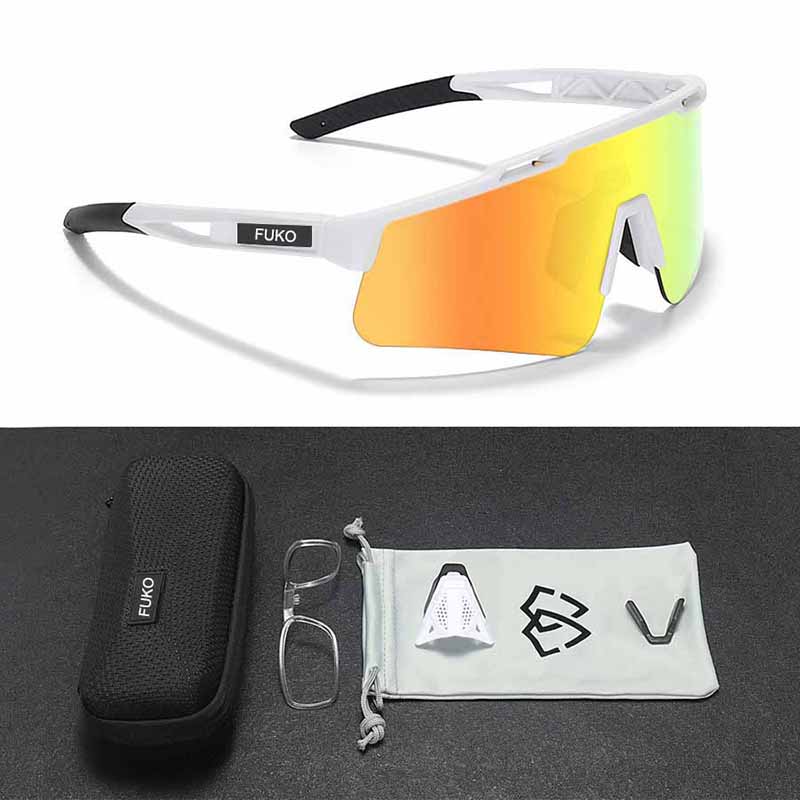
Benefits of Not Wearing Sunglasses
While wearing sunglasses is important for protecting your eyes from UV radiation, there are also some benefits to not wearing sunglasses in certain situations. Natural sunlight is essential for regulating our circadian rhythms and influencing our mood. Exposure to sunlight helps stimulate the production of serotonin, a hormone that can boost mood and help prevent conditions such as seasonal affective disorder (SAD). Additionally, sunlight exposure supports the body’s vitamin D production, crucial for maintaining strong bones and overall health. Therefore, spending some time outdoors without sunglasses can be beneficial, especially during the morning and late afternoon when the sun is less intense.
Conclusion
In conclusion, the question “When should I wear sunglasses?” can be answered by considering the potential risks of UV exposure and the benefits of natural sunlight. While it is crucial to protect your eyes from harmful UV rays by wearing sunglasses, it is also important to balance this with the benefits of moderate sunlight exposure. Understanding when to wear sunglasses and when it is beneficial to go without them can help you maintain optimal eye health and overall well-being. So, next time you step outside, remember to grab your sunglasses when the sun is shining and enjoy some moments without them when the sun is milder. Your eyes will thank you for it!
Also Read: How Much Should I Spend On Sunglasses

